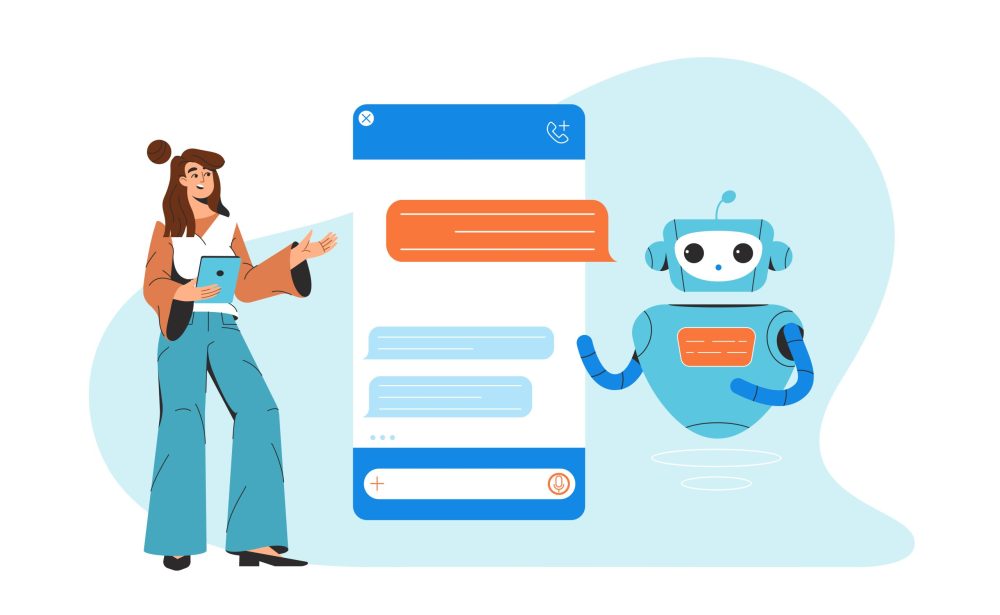Building an AI agent in 2025 is both easier than you think and, paradoxically, harder than it sounds. Easier because the tools (ChatGPT, open APIs, lightweight frameworks) are sitting there, begging to be used. Harder because — well — you don’t just want a chatbot that spits answers. You want an agent: something that perceives, reasons, acts, and (ideally) doesn’t embarrass you in front of clients.
And here’s the kicker: you can actually build one yourself. From scratch. With a little guidance and a lot of trial-and-error. Let’s walk through it.
Wait, What Exactly Is an AI Agent?
Before we start wiring things up, let’s define it in plain English. An AI agent is basically ChatGPT (or another large language model) with a memory, a goal, and some ability to take action beyond just words. Think of it less like “a chatbot” and more like “a digital intern who never sleeps and doesn’t ask for health insurance.”
Agents can browse, summarize, send emails, analyze data, even schedule posts for you. And because they can act in your digital environment, they feel alive — like actual assistants rather than glorified autocomplete.
The Building Blocks (a.k.a. What You Need Before You Start)
Let’s keep this simple. To roll your own AI agent, you’ll want:
- A brain (the LLM): ChatGPT is the obvious pick, but you could also use Anthropic, open-source models, or whatever pops up next week.
- A shell (the framework): This is where you define goals, tools, and rules. LangChain, LlamaIndex, or even a DIY script in Python can work.
- A memory system: Agents without memory are like goldfish. Add vector databases (Pinecone, Weaviate, Chroma, etc.) to give context and persistence.
- Tools & APIs: Web browsing, email sending, code execution — basically the arms and legs of your agent.
- A front-end (optional but nice): Could be a chat UI, a command-line tool, or even a browser extension.
It’s not rocket science. But it’s also not a weekend project if you want something that doesn’t fall apart under pressure.
Step 1: Define the Purpose (Seriously, Don’t Skip This)
The worst thing you can do is say, “I’ll just build a general-purpose AI agent.” That’s like saying, “I’m opening a restaurant” and forgetting to decide what kind of food you’ll serve.
Start narrow. Do you want an agent that:
- Manages your email inbox?
- Automates your social media scheduling?
- Acts like a research assistant?
Pick one. Build toward that. Expand later.
Step 2: Connect ChatGPT to a Framework
Here’s where things get fun (and messy). Frameworks like LangChain basically wrap around ChatGPT, letting you define chains of reasoning and action. You can say, “When I give you a query, check memory, browse the web if needed, then summarize back to me.”
Under the hood, you’re just stitching prompts, APIs, and outputs together. It feels like duct-taping a brain to a Swiss Army knife — but it works.
Step 3: Give It Memory (Because Context Is Everything)
Without memory, ChatGPT forgets faster than me at a networking event. You’ll want to set up some kind of vector database so the agent remembers previous conversations, important documents, user preferences, etc.
Example: your AI research assistant remembers that last week you asked about quantum computing, so when you ask about superconductors today, it connects the dots. That’s when it starts to feel smart.
Step 4: Add Tools (The Part Where It Actually Does Stuff)
Right now, your agent is just talking. That’s boring. Add tools. Want it to search Google? Add a browsing API. Want it to fire off emails? Integrate with Gmail. Want it to generate charts? Hook in Python execution.
Each tool = new capabilities. But beware of scope creep. Too many tools, and suddenly you’ve built an unstable Frankenstein that tries to book your dentist appointment in SQL.
Step 5: Wrap It in an Interface
Technically, you could keep this all in Python scripts and call it a day. But most people want a clean way to interact. That’s where UI comes in: maybe a command-line interface, maybe a slick web dashboard, or maybe even a browser-based experience.
Speaking of which — we’re on the edge of seeing browsers with built-in AI agents. Sigma AI Browser is working on exactly that. Imagine opening a tab and instantly having an assistant that can automate tasks, fetch research, or manage your online workflow without you juggling 10 extensions. Yeah, that’s coming soon.
Mistakes You’ll Probably Make (and How to Dodge Them)
- Too general too soon: Start small, niche down.
- Overcomplicating the stack: Don’t add every shiny tool.
- Ignoring UX: If it’s clunky to use, you won’t use it.
- Skipping guardrails: Give your agent limits. Otherwise, it’ll happily write 10,000-word essays when you just asked for a bullet list.
Final Thoughts: Agents Are the Next Layer
Building your own AI agent isn’t just a fun side project — it’s a glimpse into how we’ll all work soon. The browser itself may evolve into a hub for these agents, where you don’t just “search” or “scroll” but actually delegate.
And once tools like Sigma’s built-in agent go mainstream, we might stop calling them “agents” at all. They’ll just be… the way you use the internet.
So yeah. Start tinkering. Break things. Wire ChatGPT into something weird. Because the sooner you experiment, the better you’ll understand where this is all headed.
FAQs
Q: Do I need to be a hardcore programmer?
A: Nope. Some coding helps, but frameworks + APIs make it accessible.
Q: Can I build an AI agent without spending $$$?
A: Yes. You can stitch together free-tier tools, though performance may lag.
Q: How long will it take me?
A: Honestly? A weekend for a toy version. Months for something reliable.
Q: Are these things safe?
A: Safer than giving your passwords to a random intern. But you’ll still need guardrails, monitoring, and common sense.




